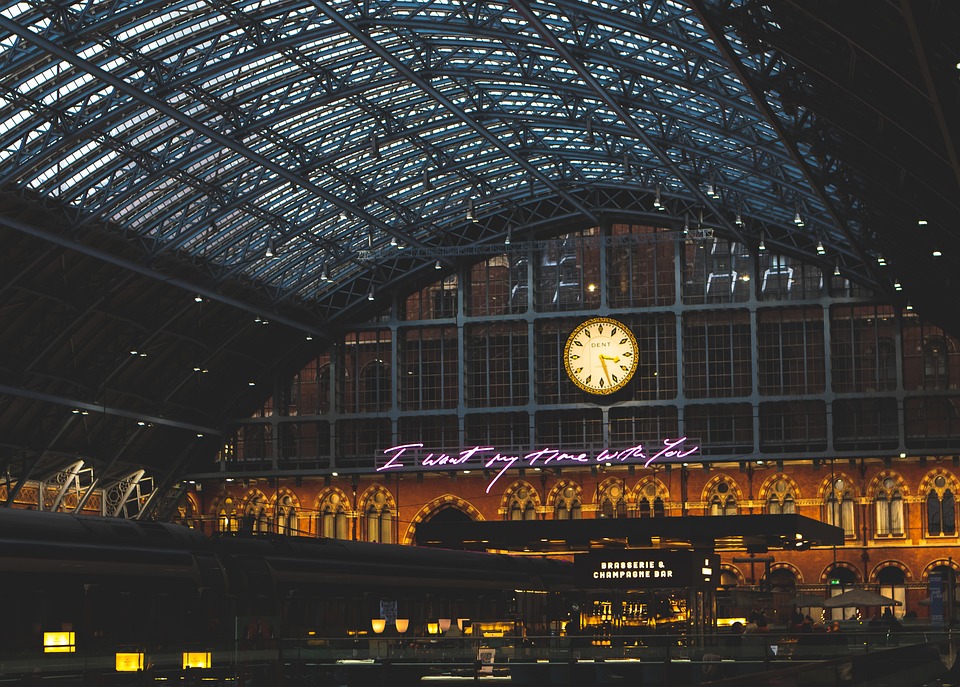Exploring Victorian Era Entertainment and Leisure Activities
Introduction
The Victorian era, spanning from 1837 to 1901, was a time of great cultural and societal change in England. During this period, there was a significant focus on leisure activities and entertainment as people sought to escape the challenges of daily life and enjoy themselves. In this article, we will explore some of the most popular entertainment and leisure activities of the Victorian era.
Theatre and Music
One of the most popular forms of entertainment during the Victorian era was the theatre. Theatres were a common sight in cities and towns, offering a variety of performances including plays, operas, and musicals. The Victorian era saw the rise of famous playwrights such as Oscar Wilde and George Bernard Shaw, as well as renowned actors like Sarah Bernhardt and Henry Irving.
Music was also a prevalent form of entertainment during this time. Concert halls and music venues were popular destinations for the upper class, who enjoyed opera performances and classical music. Meanwhile, the working class often gathered in pubs and music halls to listen to popular songs and watch variety shows.
Sports and Recreational Activities
Sports and recreational activities were also popular during the Victorian era. Cricket, football, and horse racing were all popular pastimes for the upper class, while the working class enjoyed sports like bowling, swimming, and cycling. Public parks and gardens were also common leisure destinations, providing space for picnics, walks, and outdoor games.
One of the most iconic sports of the Victorian era was croquet, a lawn game similar to modern-day golf. Croquet was a favorite pastime of the upper class and was often played at garden parties and social gatherings. Tennis and badminton were also popular sports during this time, with lawn tennis becoming a widely played game in the late Victorian era.
Travel and Tourism
The Victorian era saw a significant increase in travel and tourism, as advancements in transportation made it easier for people to explore new destinations. The development of railways and steamships allowed for faster and more efficient travel, leading to an increase in domestic and international tourism.
Popular tourist destinations during the Victorian era included seaside resorts like Brighton and Blackpool, as well as historic cities such as Bath and York. The Lake District and Scottish Highlands also became popular destinations for outdoor enthusiasts seeking to enjoy the natural beauty of the British countryside.
Public Entertainment Venues
Public entertainment venues were a staple of Victorian society, offering a wide range of activities for people of all ages. Penny arcades, music halls, and fairgrounds provided entertainment for the working class, while theaters, concert halls, and art galleries catered to the tastes of the upper class.
One of the most popular public entertainment venues of the Victorian era was the Crystal Palace, a massive glass and iron structure that housed exhibitions, concerts, and events. The Crystal Palace hosted the Great Exhibition of 1851, a showcase of technology and industry that attracted millions of visitors from around the world.
Leisure Activities at Home
While public entertainment venues were popular, many Victorian families also enjoyed leisure activities at home. Reading, sewing, and music-making were common pastimes for women, while men often enjoyed activities such as hunting, fishing, and gardening. Children played with toys like dolls, wooden soldiers, and board games, or engaged in outdoor activities like kite-flying and hopscotch.
One of the most beloved Victorian pastimes was the tradition of the afternoon tea party. Afternoon tea was a social event where friends and family gathered to enjoy tea, sandwiches, cakes, and pastries. Tea parties were a way to socialize and relax, offering a break from the hustle and bustle of daily life.
Conclusion
In conclusion, the Victorian era was a time of great cultural and societal change in England, with a significant focus on entertainment and leisure activities. From theatre and music to sports and recreational activities, there were numerous ways for people to enjoy themselves and escape the challenges of daily life. Whether attending a play at the theatre, playing a game of croquet in the garden, or enjoying a leisurely afternoon tea party, Victorians found joy and relaxation in a variety of pastimes. Through exploring the diverse entertainment and leisure activities of the Victorian era, we gain a deeper understanding of the values and interests of this fascinating period in history.
